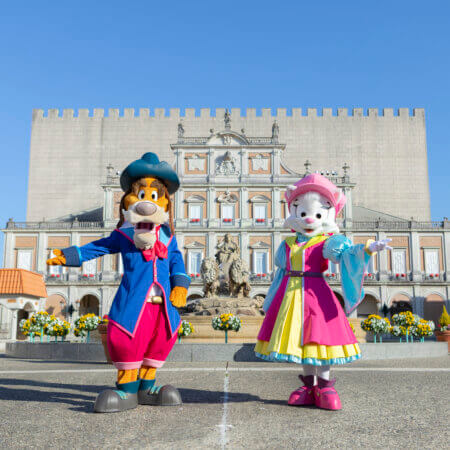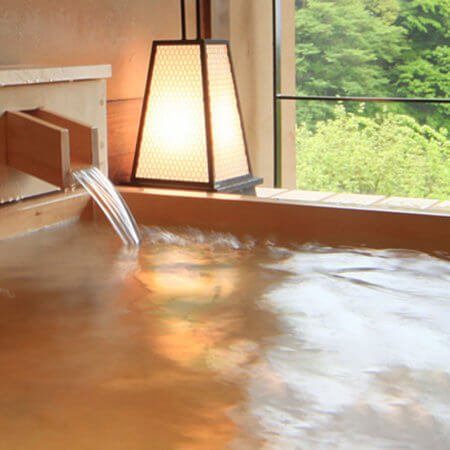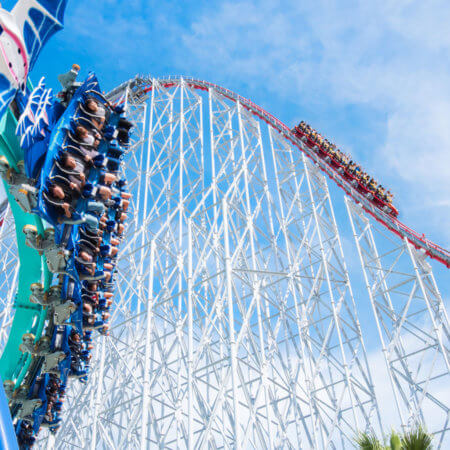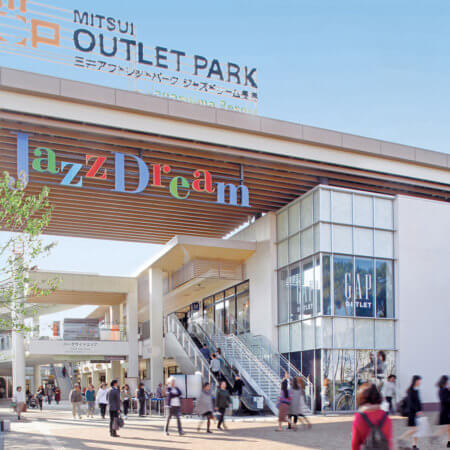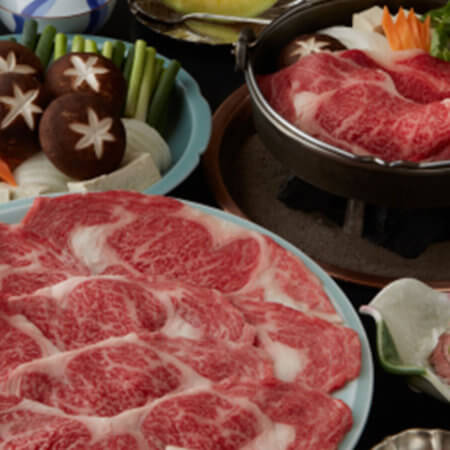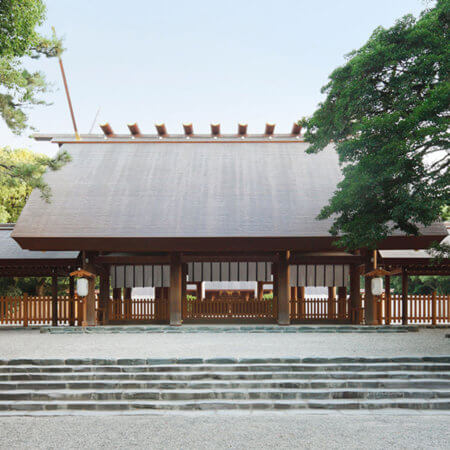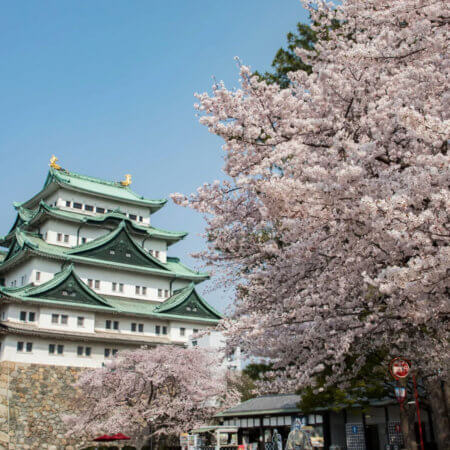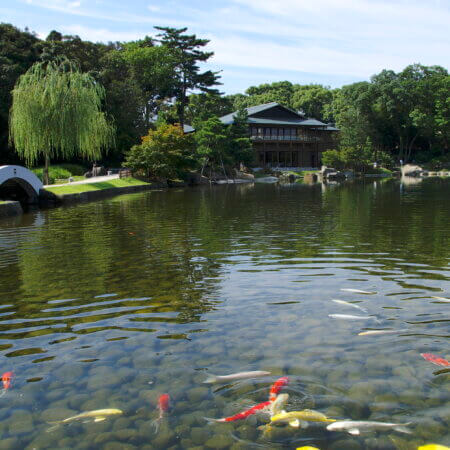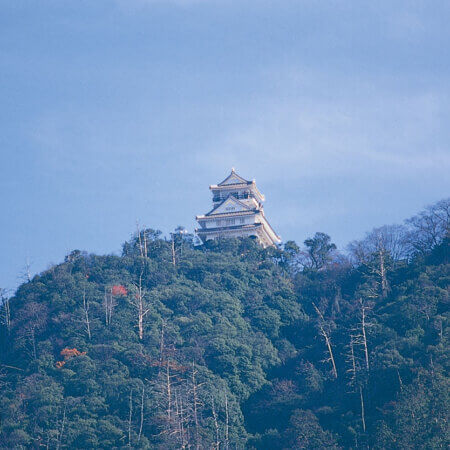【Ise Grand Shrine】Jingu of Ise, considered the spiritual hometown of the Japanese people
- PREFECTURE
- MIE
- INTEREST
- HISTORY
279 Toyokawacho, Ise City, Mie Prefecture
The Inner Shrine, which enshrines the highest-ranking deity in Japan

The Inner Shrine is located in Ujitachicho by the Isuzu River and has a history of about 2,000 years, while the Outer Shrine is located in Toyokawacho, the center of Ise City, with a history of about 1,500 years. The Inner Shrine (Kotaijingu) is considered the most sacred shrine and the center of Jingu. As the place enshrining the highest-ranking deity in Japan, it is revered as the largest sanctuary among the approximately 80,000 shrines nationwide and is known as the “spiritual hometown” for everyone.
The shrine buildings are constructed in an ancient Japanese architectural style called Shinmei-zukuri, featuring beautiful cypress wood. The famous German architect Bruno Taut praised it, saying, “Ise is the throne of world architecture.”
There are many astonishing aspects, one of which is the number of annual festivals; there are about 1,500 of them. The Higoto Asa-Yu Omikeisai, a ritual offering of food to the deities, is held every day without fail and has a history spanning 1,500 years. The Ise Grand Shrine, which is likely to have been visited by most residents of Tokai Prefecture at least once, seems to have a deeper significance the more one learns about it.
Check the proper way to worship before you embarrass yourself!

Not many people may be familiar with the term Geku Sensai that means “Outer Shrine first.” It is a custom that emphasizes the order of visiting shrines and events. The official order is Outer Shrine’s Main Shrine → (Outer Shrine’s Sub-Shrine →) Inner Shrine’s Main Shrine → (Inner Shrine’s Sub-Shrine). There are 125 shrines in Ise Jingu, but it’s not necessary to visit all of them. As long as you don’t get the order wrong, you won’t be impolite. Although many people visit only one shrine due to the distance between the Inner and Outer Shrines, there is a theory that visiting only one side, called katamairi, is not a good thing. If you have time, it’s best to visit both shrines.
Also, when entering the sacred area, remember to cross the bridge on the left side for the Outer Shrine and the right side for the Inner Shrine. There are signs to remind you, so don’t worry. When you reach the torii gate, stop and bow once. Before praying, perform a simplified purification ritual by washing your hands and rinsing your mouth. First, hold the ladle in your right hand, and cleanse your left hand, and then switch hands and cleanse your right hand. Hold the ladle in your right hand again, and rinse your mouth with your left hand. It is not allowed to touch the ladle directly with your mouth. After cleansing your left hand again, wash the handle of the ladle with the remaining water, and return it to its original position. It’s best to worship with a refreshed body and mind. (Currently, the ladles have been removed, and there is a flowing water system.)
Make sure you remember the proper way to worship, which is easy to get wrong even if you think you know it. Approach the altar, stand upright, and bow deeply at a 90-degree angle twice. Next, bring your hands together at chest height but with your right fingertips slightly lower for perfection. Then open your hands to about shoulder width and clap twice, return your fingertips to their original position, and finally bow deeply once more. If you can smoothly perform this sequence, you’ve done an excellent job!
Participate in seasonal festivals praying for the peace of the country and the happiness of the people

There are about 1,500 festivals and events held annually, and we’ll introduce you to some of the most colorful ones. The Spring Kagura Festival, where gratitude is offered to the divine grace and prayers for the peace of the people are made, allows you to witness divine events, such as Bugaku and Shin’en. The festival is held over three days, and Bugaku performances are open to the public on a special stage in the Inner Shrine Shin’en at 11 a.m. and 2 p.m.
During this time, there are also dedication events by renowned masters of dance and Noh from all over the country. The Kagura Festival is also held in autumn, so if you missed it, you can catch it then. However, spring is highly recommended. Cherry blossoms called Somei Yoshino bloom around Uji Bridge in the Inner Shrine, and the cherry blossom trees along Isuzu River offer a breathtaking view. Why not enjoy cherry blossom viewing while participating in the festival?
Kammiso Festival, held in May and October, is also very significant. It is an ancient and venerable festival handed down from ancient times, along with the most important festival of Jingu the Kannamesai, where gratitude for the harvest is expressed and new grain is offered. The fact that it is only offered to Amaterasu Omikami and her Aramitama and not held at Toyouke Daijingu or other shrines is a unique charm that is different from other festivals.
Kammiso refers to the clothing of the gods, and silk called Nigitae and hemp called Aratae are offered to Amaterasu Omikami along with sacred threads and needles. It is often explained to the public as the “festival of the gods’ summer and winter wardrobe change,” but it seems that it is not a wardrobe change since the divine clothing was offered on the day of the Kannamesai in ancient times. There are countless other festivals and events, so be sure to research the history and traditions before visiting.
Enjoy a gourmet tour at Okage Yokocho after visiting the shrine
After visiting Ise Jingu and feeling refreshed in body and mind, it’s time to replenish your energy at Okage Yokocho! If you’re looking for a light meal, try the croquettes made with luxurious black-haired Wagyu beef from the Wagyu specialty store Butasute. Despite being deep-fried, they don’t feel greasy, and their small size and affordable price make them easy to eat in multiples.
The freshly fried Satsuma-age from Wakamatsuya, an old-established Ise Kamaboko shop founded in 1905, is also exquisite. The large Ise Hiryo-zu, about the size of a child’s fist, has nine different ingredients kneaded into it, making it a satisfying meal.
If you like seafood and alcohol, be sure to try the deep-fried oyster skewers provided by Ise Kadoya Beer, the only craft beer maker in Ise-Shima. The hot and juicy Uramura oysters are fried upon order, and their rich umami flavor pairs perfectly with beer.
If you’re in the mood for meat, head to Okage Yokocho Mokuton. Their popular Guruguru Wiener is a hit with both adults and children, thanks to its unique appearance and surprising volume.
When you start craving something sweet, take a break with Japanese sweets like the freshly grilled Kuromitsu Dango at Dango-ya or the warm Panju at Yokocho Yaki no Mise.
Also recommended is the freshly baked Pudding Toast from Ise’s first pudding specialty store, Ise Pudding no Tetsujin, and the fresh fruit juices from Fruit Lab. Don’t forget the classic Akafuku Mochi from the representative Ise shop Akafuku.
Okage Yokocho is lined with a wide variety of food and drink establishments. You might find it hard to keep going forward as you stop to discover and taste delicious-looking items. Enjoy the gourmet journey and savor the unique flavors of the area.
MIE
-
![【Suzuka Circuit Park】A Theme Park That Tantalizes Children’s Sense of Adventure]()
【Suzuka Circuit Park】A Theme Park That Tantalizes Children’s Sense of Adventure
-
![【Shima Spain Village】 A Popular Theme Park to Enjoy Spanish Culture in Ise-Shima!]()
【Shima Spain Village】 A Popular Theme Park to Enjoy Spanish Culture in Ise-Shima!
-
![【Yunoyama Onsen】Soak in the Blissful Hot Springs Surrounded by Rich Nature]()
【Yunoyama Onsen】Soak in the Blissful Hot Springs Surrounded by Rich Nature
-
![【Nagashima Spa Land】A representative amusement park in Tokai, known for its thrilling roller coasters!]()
【Nagashima Spa Land】A representative amusement park in Tokai, known for its thrilling roller coasters!
-
![【Mitsui Outlet Park Jazz Dream Nagashima】Shop at one of Japan’s largest outlet malls]()
【Mitsui Outlet Park Jazz Dream Nagashima】Shop at one of Japan’s largest outlet malls
-
![【Wadakin】A Famous Restaurant Serving High-Quality Matsusaka Beef]()
【Wadakin】A Famous Restaurant Serving High-Quality Matsusaka Beef
history
-
![【Atsuta Jingu (Atsuta Shrine)】It receives about 6.5 million visitors annually! A highly respected shrine since ancient times]()
【Atsuta Jingu (Atsuta Shrine)】It receives about 6.5 million visitors annually! A highly respected shrine since ancient times
-
![【Nagoya Castle】A Castle with Deep Connections to Oda Nobunaga and Tokugawa Ieyasu]()
【Nagoya Castle】A Castle with Deep Connections to Oda Nobunaga and Tokugawa Ieyasu
-
![Drawing on history and tradition, the beauty of Japan at 【Tokugawa Park】]()
Drawing on history and tradition, the beauty of Japan at 【Tokugawa Park】
-
![【Inuyama Castle】Japan’s Oldest Surviving Castle Tower]()
【Inuyama Castle】Japan’s Oldest Surviving Castle Tower
-
![Watch from the stands as 1300 years of tradition unfold at the【Kiso River Ukai】]()
Watch from the stands as 1300 years of tradition unfold at the【Kiso River Ukai】
-
![The Headquarters of National Unification Surrounded by Nature【Gifu Castle】]()
The Headquarters of National Unification Surrounded by Nature【Gifu Castle】


